#geometridate
Explore tagged Tumblr posts
Text

[photo credit: Dick Wilson, caterpillar not found]
todays daily lepidopteran is the whitelined looper (Malacodea pulchraria)!
54 notes
·
View notes
Text
@galacticnova3 submitted: Absolutely miniscule infant has places to be and plants to see (and eat) already!
I'll probably be finding and evicting/evacuating a lot more of these little fellas soon enough given all the moth eggs in Nougat's terrarium. Possibly left by this wonderful and wise-looking chumby lady.

TINY. Wow. Criminally small. Love that child and their possible thick mother.
#animals#insects#bugs#submission#video#moth#caterpillar#larva#inchworm#but likely not the geometrid type#if that is indeed the mother
278 notes
·
View notes
Text


This stunner was just outside our door a few weeks ago!
Black Geometrid (Melanodes anthracitaria). VIC, Australia.
5 notes
·
View notes
Text
I wondered why every time I see a cool moth it seems to be a geometer so I looked it up and uh. There are 23,000 described species of geometer moth?? So the cool ones always being geometrids checks out statistically I guess?? Man. I don’t know how lepidopteran taxonomists do it but that is Too Many. Twenty Three Thousands is too many species for a single family. That’s bonkers. Have y’all considered maybe elevating some of those subfamilies to families.
#the species distribution in Geometroidea is HYSTERICAL#there’s like ~700 uraniids 30 sematurids 30 epicopeiids 2 pseudobistonids#and TWENTY THREE FUCKING THOUSAND GEOMETRIDS#THAT’S LIKE THIRTEEN FUCKING PERCENT OF ALL OF LEPIDOPTERA#WHAT IS THIS!!!!!#im going to give everyone the benefit of the doubt and assume the phylogenetics are robust bc i don’t care enough to look it up#even so... man. no. that’s too many. it’s Too Many#ONE PERCENT OF ALL SPECIES OF EVERYTHING EVERYWHERE ARE IN FAMILY GEOMETRIDAE#laurelnose.txt
9 notes
·
View notes
Text

Red Twin-spot Carpet, Xanthorhoe spadicearia Canon 400D EF 100 2.8 f/ 5 1/320 iso: 400 (X ferrugata) May 11. 2012 Srbsko, CZE
#MothsMatter#moths#geometridae#Geometrid#lepidoptera#insects#invertebrates#macro#insect#insectphotography#macrophotography#canon#savebutterflies
7 notes
·
View notes
Photo
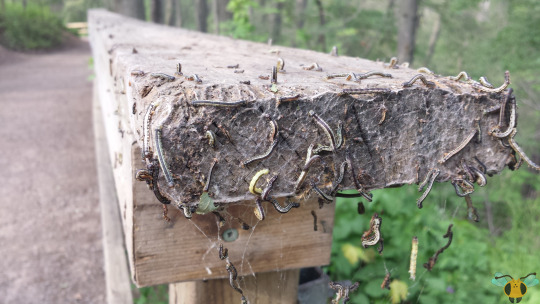
Fall Cankerworms - Alsophila pometaria
Do Inchworms like to party? Absolutely! Especially if they have other Inchworms around them, and there’s quite a few here! These are the partygoers that eat all the snacks without heed.
Truthfully speaking, these Caterpillars are in fact Inchworms as they belong to the family Geometridae, or Geometrid Moths. They move in a looping motion, pulling their body forward and creating an arch along their back as they do so. Then they straighten out and move forward again, inching their way to their destination. If you look closely, a few partygoers here are in the process of arching their way across this wooden observation fence. The adult Moths conversely are more known for the wave-like patterns that travel across their wings. We’ll return to the adults shortly; for now, let’s focus on the aggregation of Cankerworms in the forest. How they all wound up on the wooden fence is anyone’s guess, especially since it is devoid of leaves to defoliate. It’s possible they may have hatched on the fence itself, being placed their by a female Fall Cankerworm Moth thinking it was some type of hardwood tree. However, it’s more likely that these individuals are descending to pupate. You see, based on their appearance, they’ve been active for some time now. Upon hatching, Cankerworms begin their lives colored green, gradually darkening with each molt as they grow bigger, just as these have.
They may darken to black from instar to instar, but while they wriggle around they never lose the white bands that trail from head to toe. The band isn’t as visible when green, and neither are the Caterpillars for that matter. They use their green colors to their advantage by straightening their body and mimicking twigs if they feel a threat nearby as they feast at their tree. They’re well anchored thanks to their rear prolegs, so maintaining this posture isn’t an issue. After eating, defoliating, and molting, these Caterpillars find their way to the soil and pupate. The forest finds some peace in the meantime as the voraciousness of these Caterpillars has the potential to be devastating if left unchecked by their predators (both from birds and insects). As the seasons pass and autumn arrives, it is found they these Cankerworms don’t overwinter as pupae. The emerge as grey-colored Moths and seek out the best trees to place eggs and ready the next generation of Caterpillars for the winter. It may sound straightforward, but the female Cankerworms emerge without wings (my sentiments on that were covered in a Bagworm post), making location-seeking much more urgent! Next time you’re in a forested area where these wrigglers can be found, return in the autumn months and look for stout, grey, wide-bodied wingless Moths (grey-winged, male Moths may be nearby). It’s a strange sight, but it’s just another part of this insect’s journey. And being wingless does have some advantages: males come to you, less energy burned on flight and the potential of parthenogenesis (reported in some populations).
Picture was taken on June 10, 2017 at the Royal Botanical Gardens with a Samsung Galaxy S4.
#jonny’s insect catalogue#ontario insect#caterpillar#fall cankerworm#fall cankerworm moth#lepidoptera#moth#geometrid moth#insect#royal botanical gardens#june2017#2017#nature#entomology#invertebrates#arthropods#animals#photography
4 notes
·
View notes
Text
i can be your angle...

or yuor devil


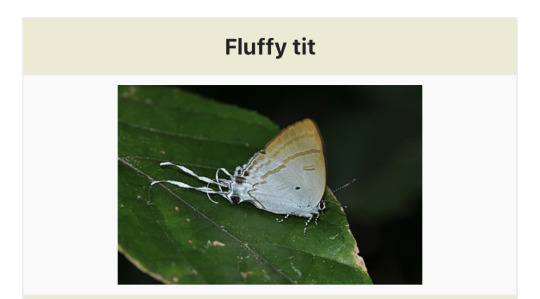

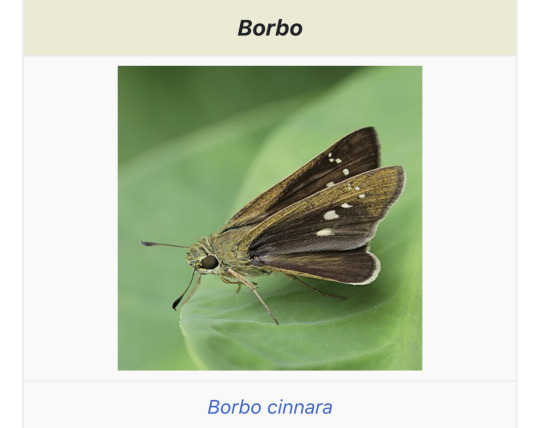
some guys idk
#moth#lepidoptera#entomology#moth memes#noctuidae#Apamea#inaturalist#no not angle as in Macaria the geometrid genus
54K notes
·
View notes
Text
bro what the fuck do you mean zales aren't geometrids
#thats so fucked up#theyre NOCTUIDS????????#thats so evil ive been thinking they were geometrids this whole damn time#bugs tag
0 notes
Text
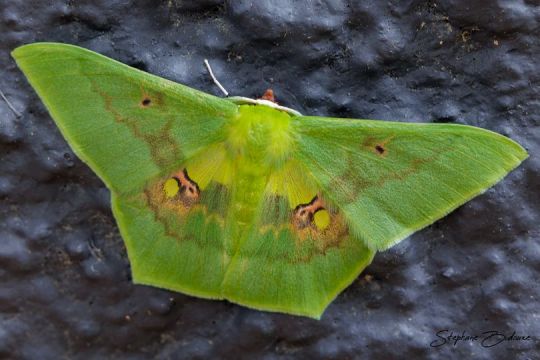
Gorgeous Green Geometrid Moth (Aporandria specularia), family Geometridae, Fraser's Hill, Malaysia
photograph by Stéphane Bidouze
2K notes
·
View notes
Text
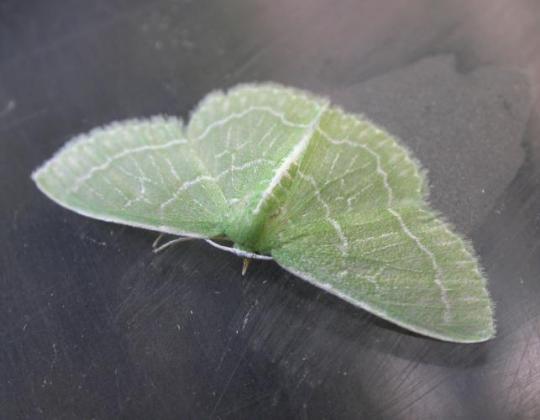
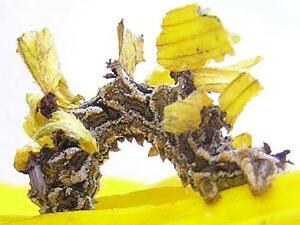
[photo credit: Julianna Schroeder, Carroll Rudy]
todays lepidopteran is the wavy-lined emerald moth (Synchlora aerata), also called the camouflaged looper!
its caterpillar is a looper/inchworm that decorates itself with plant pieces to camouflage itself!
#bugblr#daily lepidopteran#moths#geometridate#geometer moth#wavy-lined emerald moth#Synchlora aerata
39 notes
·
View notes
Note
vertebrates are nothing. this planet is dominated by water which is filled with plankton, algae, countless swarms of critters with a few miserable fish. the reefs are built of cnidarians, sponges, algae; crustaceans and gastropods outnumber chordates a zillion to one. even on land, beetles, flies, hymenopterans reign among the life visible to the naked eye; dwarfing them are the plants, and the fungi, and the microbes which live on and in everything. you will never get a vertebrate in a million years.
unless you're fucking Margaret Thatcher apparently.
I would love a geometrid moth, but I'll take anything without *shudders* bones
String identified:
tat a tg. t at at at c t at, aga, ct a ctt t a a . t a t caa, g, aga; ctaca a gat t cat a t . a, t, , ta g ag t t t a ; ag t a t at, a t g, a t c c a tg. gt a tat a a.
' cg agat Tatc aat.
a gt t, t ' ta atg tt **
Closest match: Poecilus cupreus genome assembly, chromosome: 5 Common name: Carabid beetle

418 notes
·
View notes
Photo
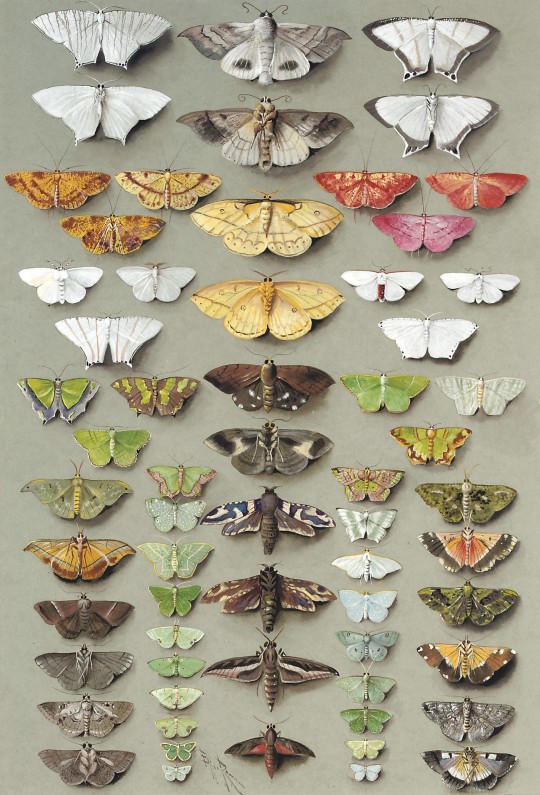
Marian Ellis Rowan (1848-1922, Australian) ~ Sixty-three moths, arranged in three or five irregular columns, with representatives of the family NOCTUIDAE (e.g. 14-17, 28,29, 32,33), GEOMETRIDAE (e.g. emerald moths, subfamily GEOMETRINAE, 9-11, 18-24, 46-50, 52-57; other geometrids include 1-5, 8, 38-45), a hook tip (family DREPANIDAE 12,13), two hawk moths (family SPHINGIDAE 36, 37), a goat moth (family COSSIDAE 34,35), and a pyralid (family PYRALIDAE 51) Watercolour with bodycolour on grey paper
[Source: Christie’s]
2K notes
·
View notes
Text

Black-veined Moth, Siona lineata Canon 400D EF 100 2.8 f/3.5 1/100 iso: 200 Srbsko, Czech Republic May 25, 2012
#Geometridae#Geometrid#inchworm#mothsMatter#Moths#Lepidoptera#insects#invertebrates#macro#canon#insect#savebutterflies#insectphotography#macrophotography#lepidoptera
3 notes
·
View notes
Text
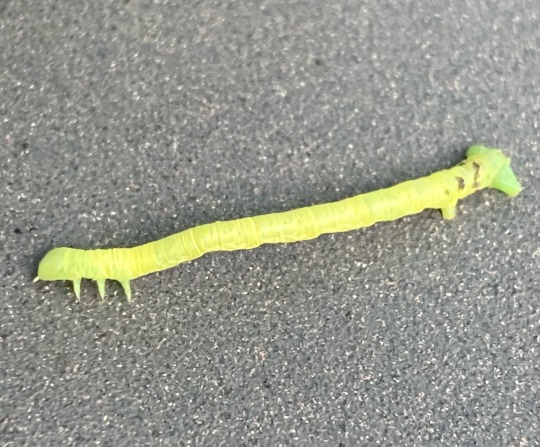
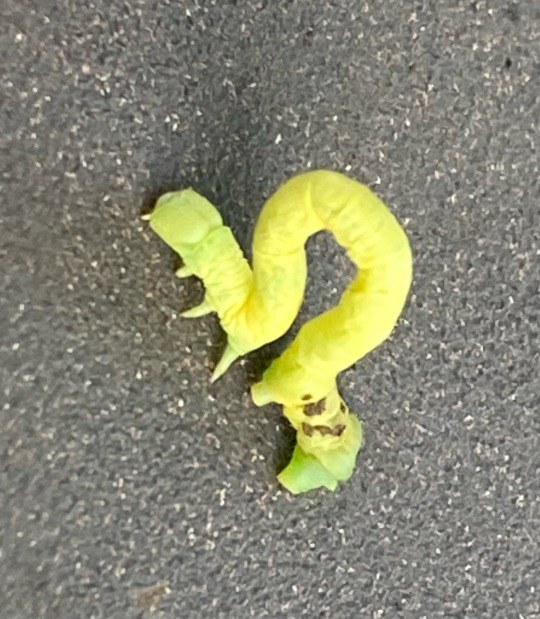
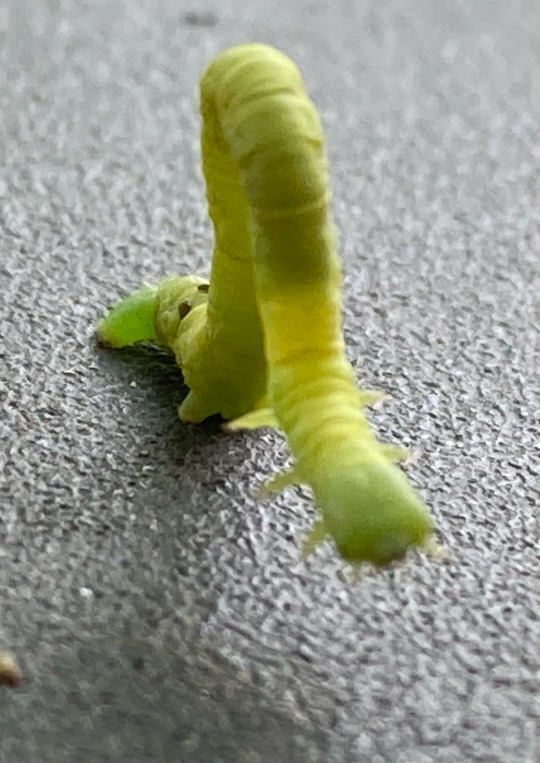
geometrid moth caterpillar, also known as the inchworm
#inchworm#caterpillars#geometridae#lepidoptera#arthropods#bugs#bug pictures#insect photography#moths#inchworms#photography#bugblr
216 notes
·
View notes
Text
#2262 - Epiphryne verriculata - Cabbage Tree Moth
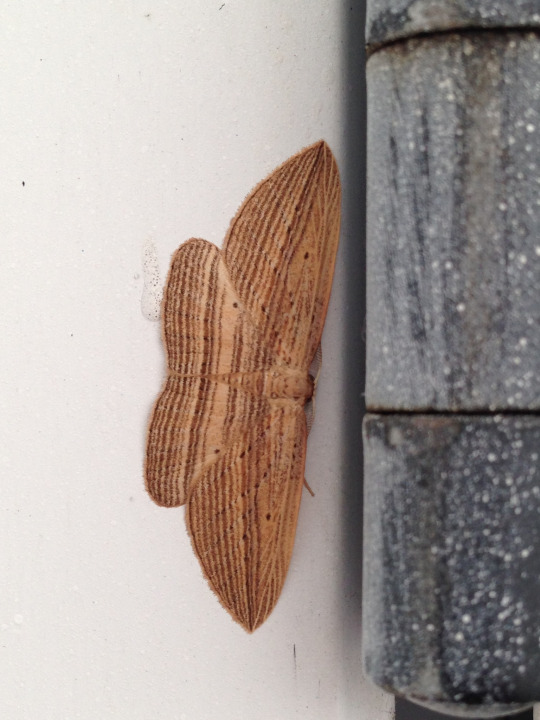
AKA Cidaria verriculata,Panopoea verriculata, Pancyma verriculata, and Venusia verriculata.
A Geometrid endemic to New Zealand, where the caterpillars feed on the living leaves of the iconic Cabbage Trees (Cordyline australis), and the adults conceal themselves against the dead ones.
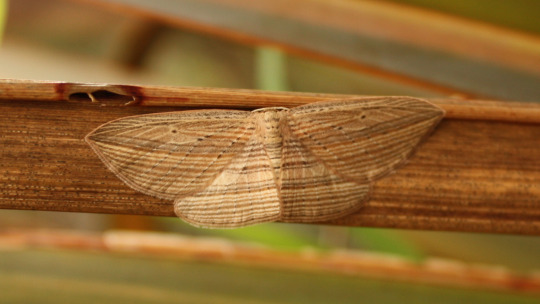
Photo by Dan Klutha on Wiki.
Taupo, Taupo Volcanic Zone, New Zealand
17 notes
·
View notes
